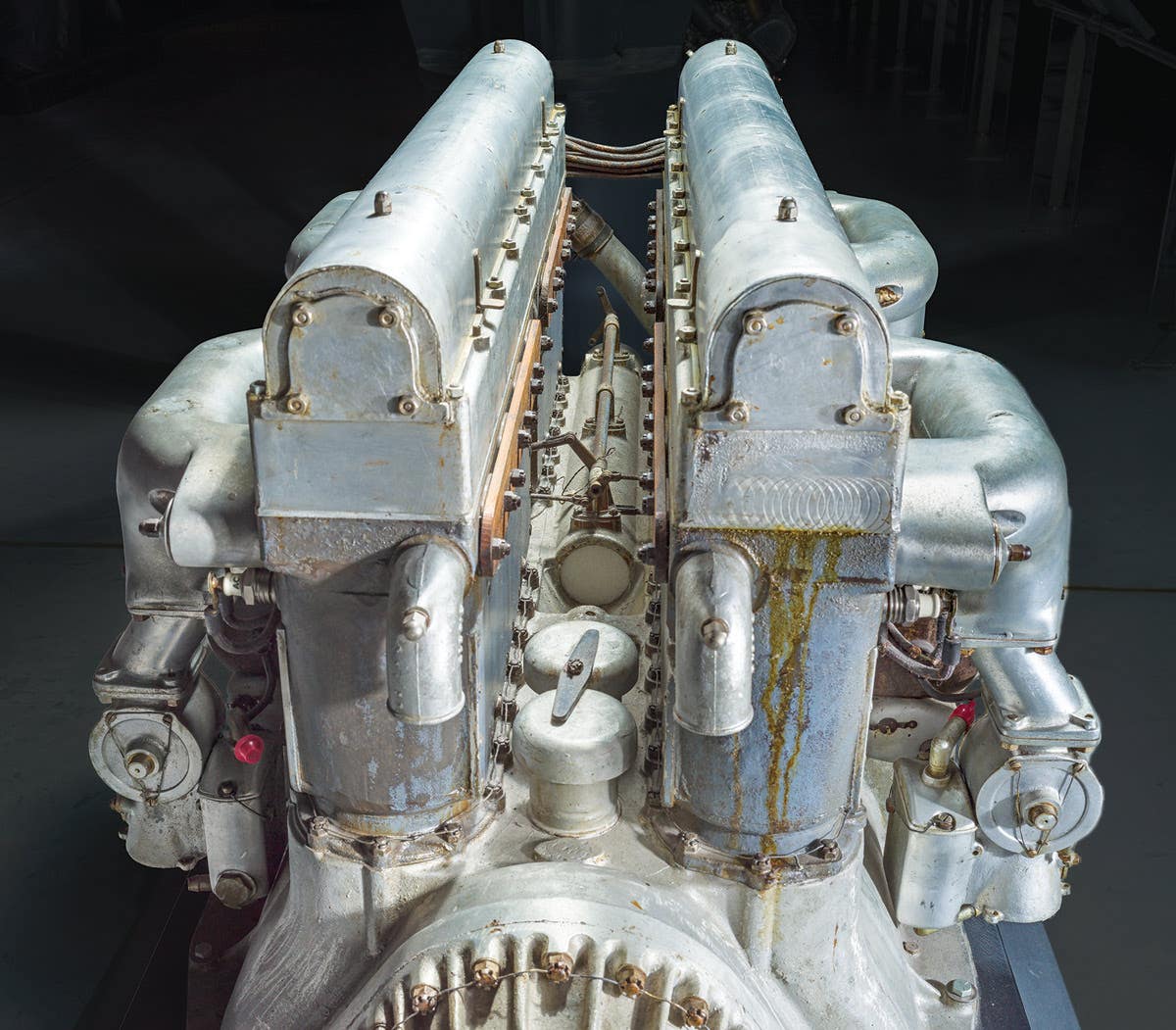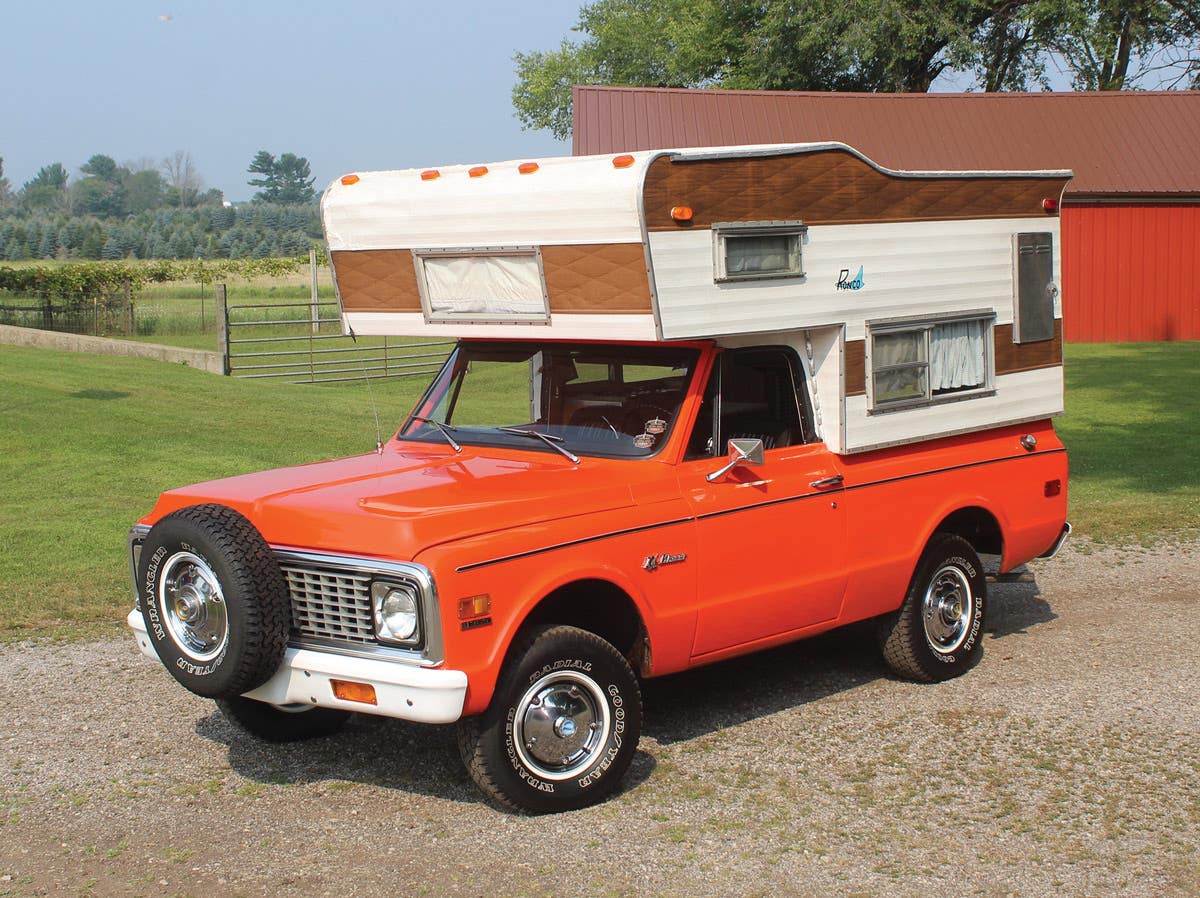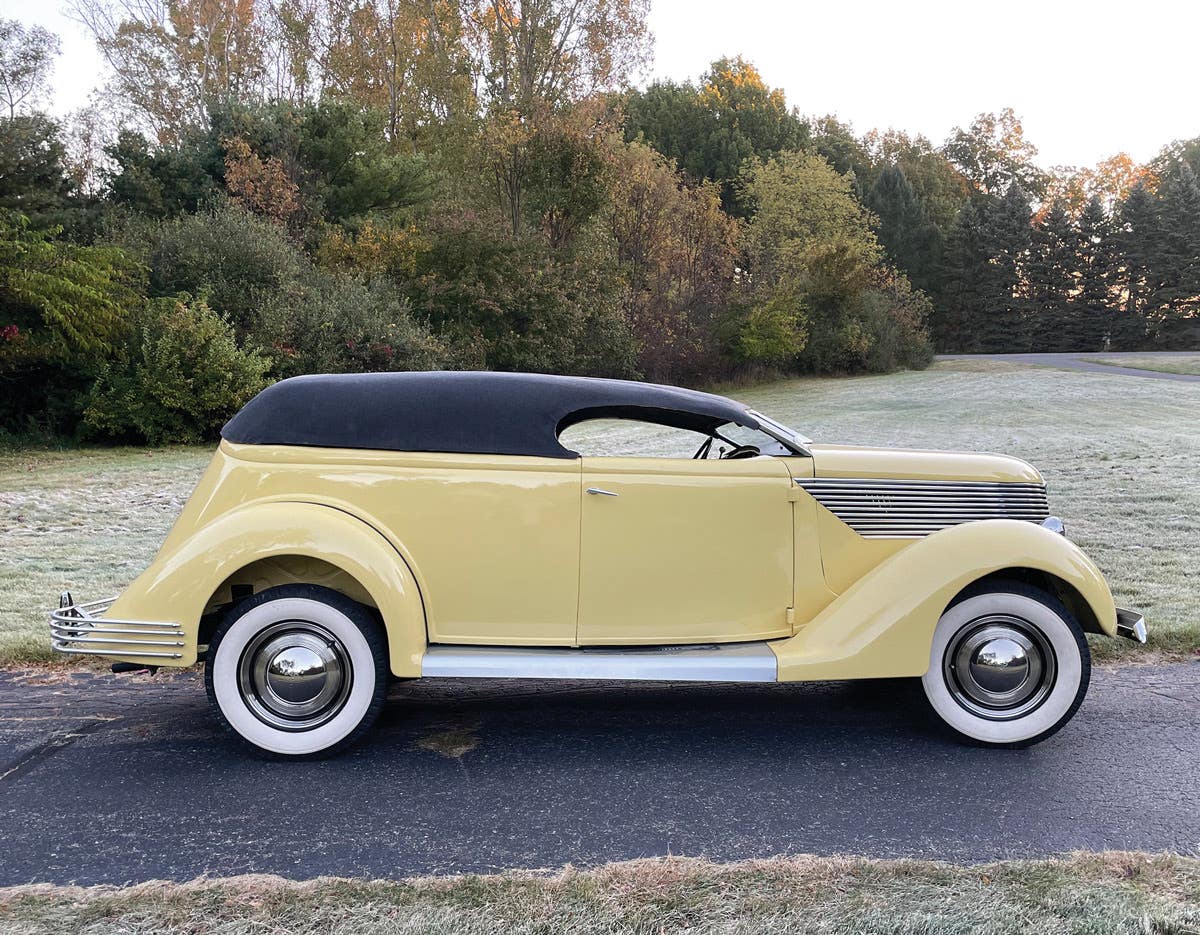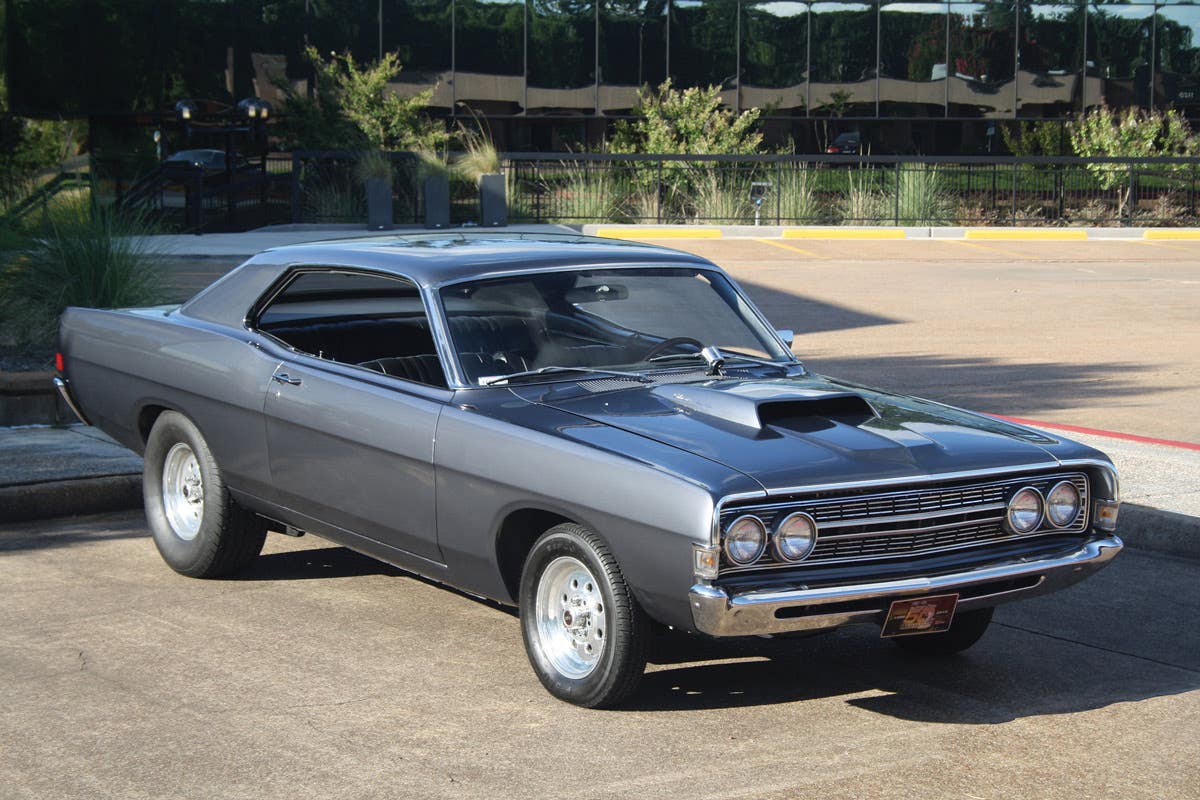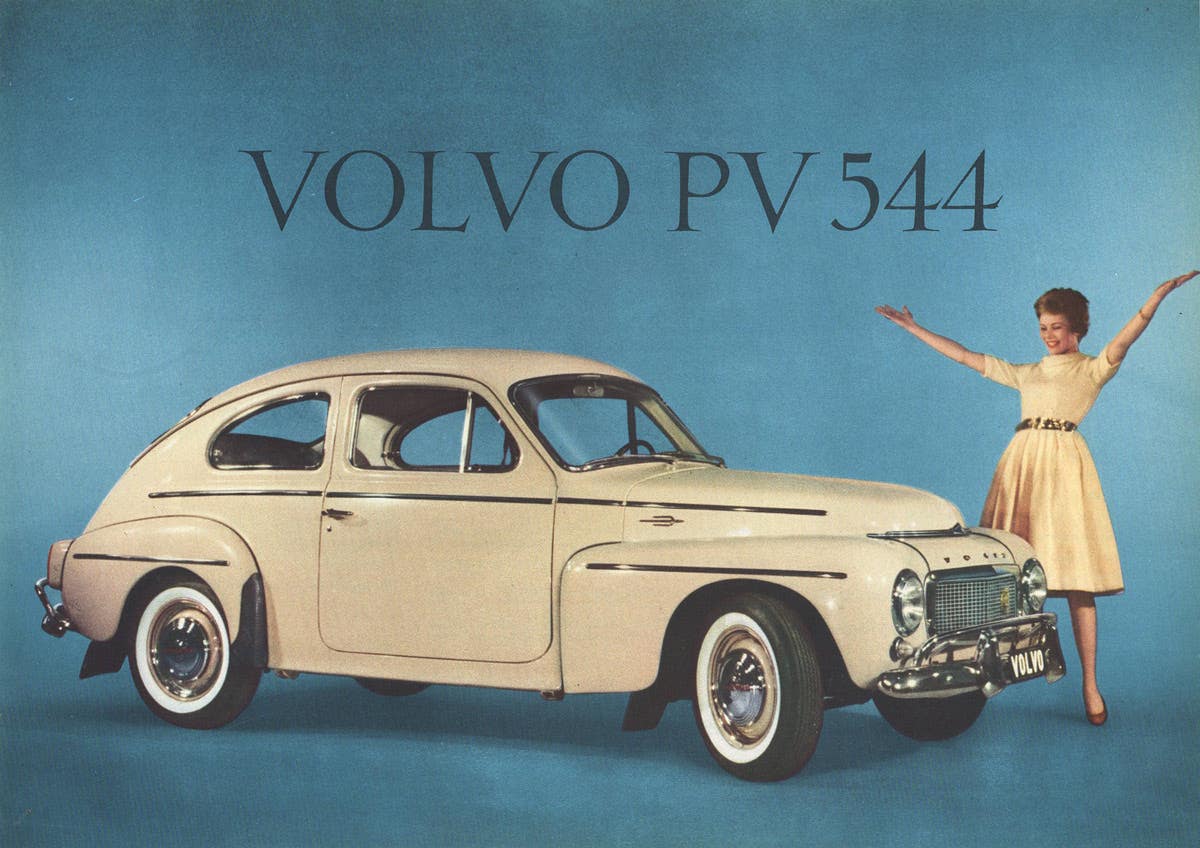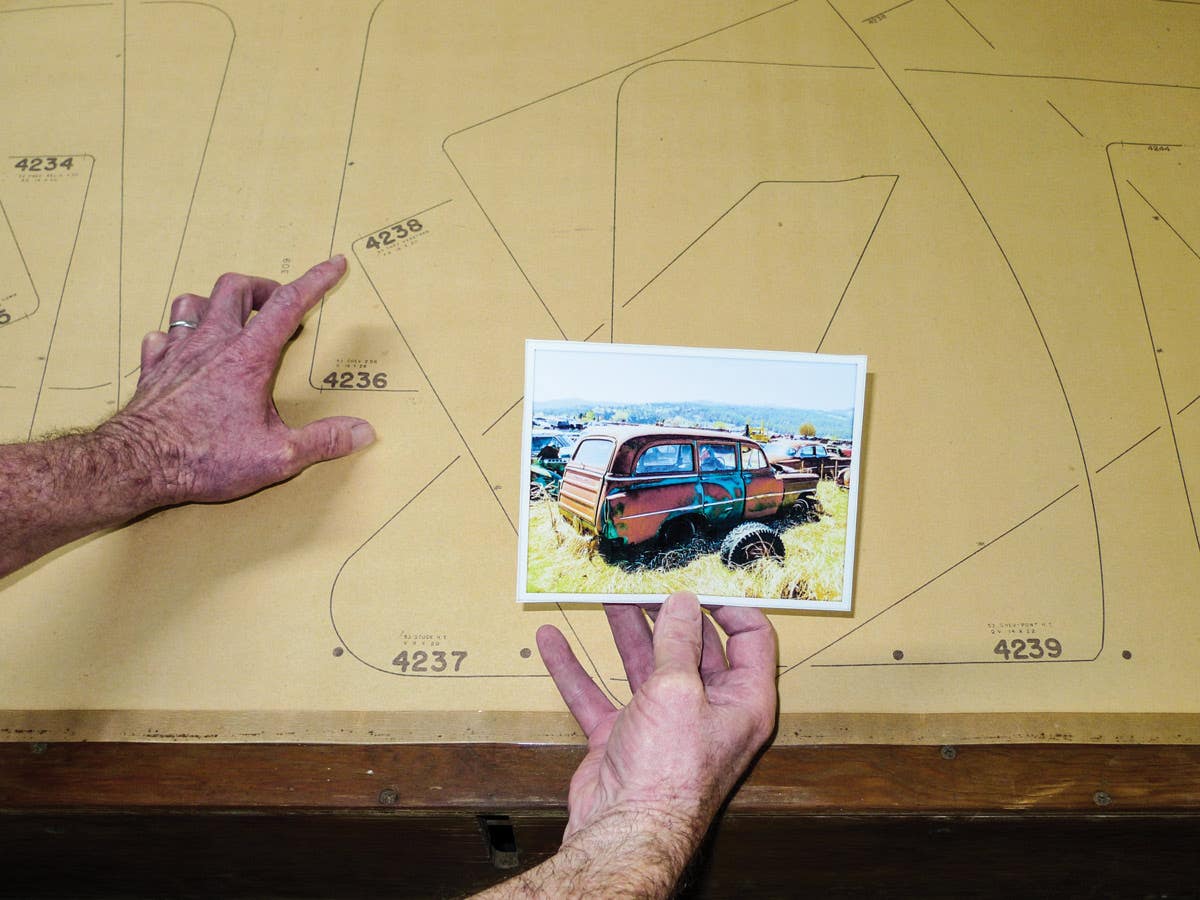Driving a ’58 De Soto
Anyone who has met retired Old Cars Weekly/Old Cars Price Guide staffer Kenny Buttolph in their travels or in the OCW trailer at events across the country knows he likes…
Anyone who has met retired Old Cars Weekly/Old Cars Price Guide staffer Kenny Buttolph in their travels or in the OCW trailer at events across the country knows he likes many types of cars (and likes to own many at the same time). Whenever he buys a different car, word spreads around Iola, Wis., like wildfire, but when I heard he had bought a finned De Soto, I didn't believe it. Kenny has owned thousands of cars, but never a finned MoPar, and when he showed up at our weekly Wednesday night cruise in Waupaca, Wis., this week with a 1958 De Soto Fireflite four-door sedan, I had no choice but to believe it.
Even if a 1957-'61 Chrysler Corp. product has never called Kenny's garage "home," this 1958 De Soto certainly fit his modus operandi: the red-and-white sedan touts just 48,000 miles and is almost entirely original. Kenny horse-traded fellow former OCW staff member Bob Lichty of Motorcar Portfolio two cars for this De Soto — a green 1953 Chevrolet Two-Ten Deluxe Club Coupe Kenny has owned on and off since the 1960s (and Lichty admitted to wanting for nearly as long) and a nice 1956 Ford Fairlane Town Sedan (see the 1956 Ford Fairlane here).
The Fireflite represented De Soto's top of the line sedan for the year, and as such it shared a body shell with Chrysler models. Of course, as a De Soto, it bore that marque's trademarkes: the swooping side trim, "Christmas tree" tail lamps and a two-tier front bumper big enough to inhale Jonah in one swipe.
1958 De Soto Fireflites featured a new wedge-head 361-cid V-8 of 305 hp plus dual exhaust, a TorqueFlite automatic with a push-button gear selector, power brakes, power steering, dual rear antennas, full wheel covers and other features as standard equipment.
We took off down the nearby four-lane highway in the dark and the rain for a ride and Kenny got the car up to 80 mph without a sweat. The car rode smooth, and even without the high beams on, the headlamps provided very good visibility. Kenny often tosses the keys to me when buys a new car, and this night was was no exception. We pulled off the highway and swapped seats.
I've never driven a finned MoPar, so my closest driving comparison to driving such a car came from my own 1955 and 1962 Cadillac Coupe deVilles. Although less time separates the 1955 Cadillac from the 1958 De Soto, the more advanced design of the De Soto puts it closer in driving experience to the '62 Cadillac. Not surprisingly, several differences remain.
By comparison, the 1958 De Soto and 1962 Cadillac are only about 3-1/2 in. apart in wheelbase and overall length. (The De Soto has a wheelbase of 126 in. and an overall length of 218.6 in. while the Cadillac has a 129.5 in wheelbase and 222 in. overall length.) Yet, the De Soto feels like a much smaller car to drive than the Cadillac. (I certainly didn't expect that when going from a two-door car to a four-door.) As such, it seem easier to drive.
1958 De Soto in downtown Scandinavia, Wis., Oct. 21.
No matter how prepared you are for the push-button gear selector, you'll find your right arm reaching for the gear selector lever. Once the car is in gear, you'll also find yourself double-checking the parking brake, making sure the middle "D" button is pushed in and you've got your foot on the brake before pulling out.
Once on the road, the giant De Soto steers as easily as a hula hoop spinning through the air and rides as smooth as butter. One of the car's nicest touches is the "Fireflite" name on the instrument panel, but it and the rest of the instrument panel feel very close to the driver (especially compared to a '62 Cadillac). In a nod to the future, the De Soto's speedometer is a horizontal thermometer-like gauge that fills with red from left to right as the speed increases. Certainly a feature as modern as the De Soto's exterior, but to the driver used to today's idiot lights, it's hard to adjust to the sense of panic from seeing orange colors on the instrument panel.
The dash-mounted rear-view mirror is another a dramatic change that takes some adjustment. While it certainly looks cool, it will take the new driver several miles to overcome the reflex to look up to see what you've passed.
And that leads me to my single complaint: The De Soto's tailfins and tail lamps are some of the coolest to come from the 1950s, yet they can't be seen in the De Soto's rearview mirror. Looking out the rear-view mirror and seeing the fins and tail lamps of my Caddies, especially when they're glowing through the night air, is one of my favorite parts about sitting in those cars. But forget it in the De Soto — those sculpted De Soto "air stabilizers" and jet exhaust-shaped tail lamps are meant only for spectators looking at the car, not the driver looking out of it.
The tailfin of the 1958 De Soto.
After having driven Kenny's De Soto, I would be hard-pressed to have to choose between it and a Cadillac. Both are smooth and quick, and assuming the price was equal, selecting one or the other would have come down to a matter of personal taste.
If your taste comes down to De Soto, be sure to check out the 2011 Iola Old Car Show, which will feature Dodge and De Soto cars and trucks.
Kenny and his 1958 De Soto Fireflite.
Related Resources
Read about DeSoto cars in the Standard Catalog of Chrysler
Angelo Van Bogart is the editor of Old Cars magazine and wrote the column "Hot Wheels Hunting" for Toy Cars & Models magazine for several years. He has authored several books including "Hot Wheels 40 Years," "Hot Wheels Classics: The Redline Era" and "Cadillac: 100 Years of Innovation." His 2023 book "Inside the Duesenberg SSJ" is his latest. He can be reached at avanbogart@aimmedia.com



